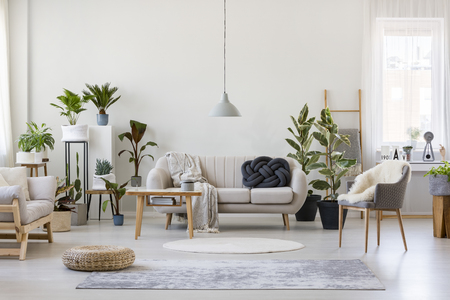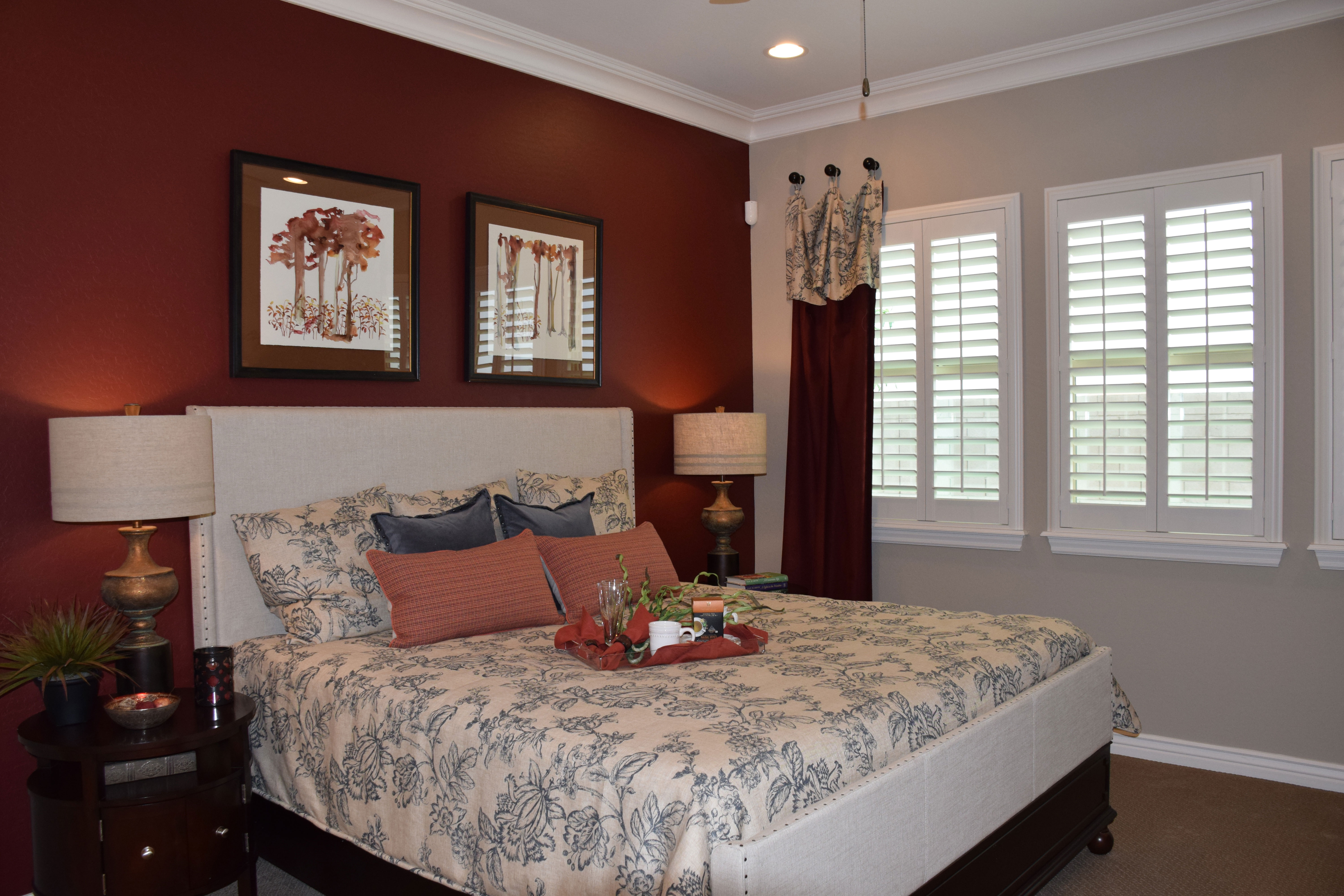
Are you currently in the market for purchasing new living room furniture or reupholstering your current furniture? If you are currently in the market for investing in a sofa/chair, it should be treated as a big decision that requires some research. We have compiled a short list of “to-dos” for determining the correct color and fabric for your pieces. Let’s take a look!
Color
If hiring an interior designer is not in the budget, we have listed some questions that will guide you in the right direction for the perfect fabric color:
- Who Will Be Using the Pieces? If children, pets, or teenagers are in the answer, darker colors are the best for hiding stains and spills. For neutral options, grays are popular and will be around for quite some time. Do not overlook blues and greens and treat them as bold neutrals. View the carpet, flooring, and all accessories to make sure they blend with the new fabric.
- Formal or Informal? If you are placing the furniture in a formal living room, the color may differ from the color choice you would choose for an informal living room. For example, you may opt for lighter colors in a formal area since it will be used less and only for special occasions.
- Are Patterns Relevant? While we do not see that many patterned sofas anymore, we do see sofas brought to life by patterned pillows and blankets. Incorporating patterns through pillows and blankets can help hide additional stains, which is ideal for households with children and pets.
Fabric
Natural fibers like cotton, linen, silk, and wool are very soft to the touch but are not very durable. When you combine them with a synthetic fiber like polyester, viscose, and acrylics, the softness remains, but the added synthetic fibers strengthen the natural fibers. All of the children and pet-friendly fibers are synthetic and also stand up to spills and stains. Heavier or thicker fabric weaves are less smooth but more textured. These fibers are perfect for a family or great room pieces.
Cleaning Code
Have you ever noticed the tag on upholstered furniture? It will include a letter code. Sofas with a “W” must be cleaned with a water-based cleaner only/distilled, or bottled water is recommended. An “S” means the upholstery must be cleaned with a professional-grade cleaning solvent and will not react well if water is used. “S/W” means that dry cleaning solvents and water can be used.
Rub-Count
This is the best way to determine the durability of the fabric. The rub count is determined by a machine that rubs back and forth until the fabric is worn down. 20,000 and higher rubs are perfect for residential upholstery.
We hope that you are now aware of what to look for when purchasing or reupholstering your family/great room furniture. If you follow these tips, you will make sure that you have done your due diligence in fabric research!

 Patterned fabric is always a nice addition to your home’s decor. In living and family rooms, stripes are the most common pattern choice, followed closely by geometric options. You will see some florals too. But one of the most intriguing patterns is an old-fashioned choice: toile.
Patterned fabric is always a nice addition to your home’s decor. In living and family rooms, stripes are the most common pattern choice, followed closely by geometric options. You will see some florals too. But one of the most intriguing patterns is an old-fashioned choice: toile.